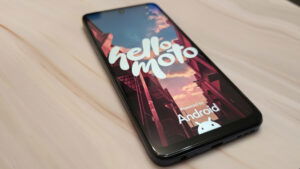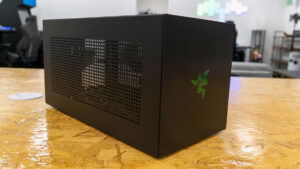Amidst the company’s flurry of product line updates this fall, the Apple Watch Series 11 seemed to be one of the more humble refreshes on paper, but I was pleased to find it advanced the smartwatch’s functionality in some major ways.
In terms of design, the Apple Watch Series 11 hasn’t made huge strides since last year’s Series 10. Both watches have the same measurements and are nigh identical side-by-side, aside from a different assortment of shell colours, and share the prestige of being the company’s thinnest watches to date at 9.7mm thick. The wide-angle OLED displays come in either 42mm or 46mm, with the latter offering the same 1220 sq mm display area.
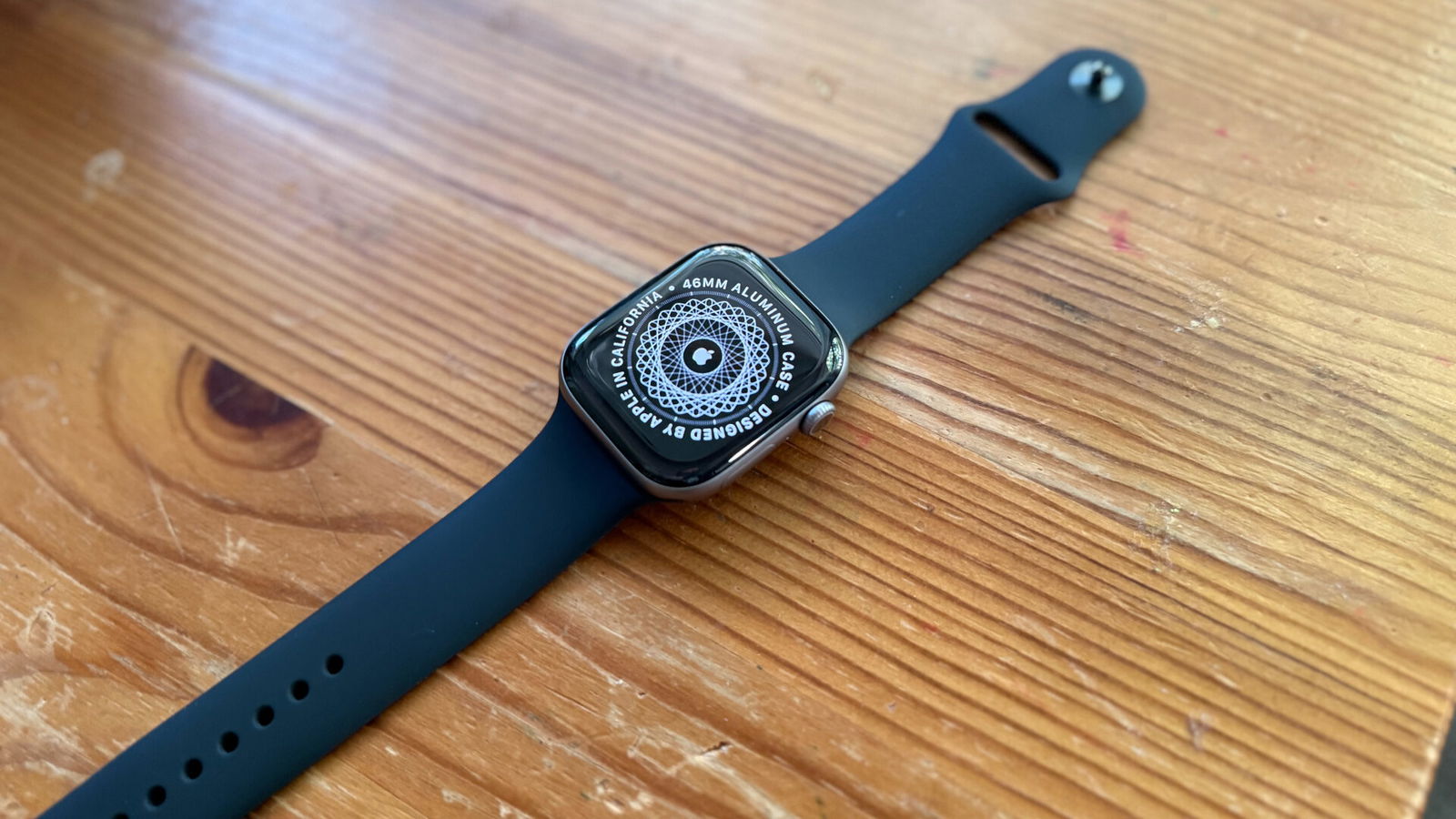
Subtly, the material makeup of the Series 11 includes more recycled materials, in concordance with Apple’s ambition to be carbon neutral by 2030. There’s a perceivable difference in the device itself, aside from, perhaps, the packaging it comes in, so you don’t need to worry that the additional 5% recycled titanium in the casing is
“The Apple Watch Series 11 proved much easier to keep charged up at convenient times.”
By the numbers, it’s the power inside the watch, and what’s protecting it all, that matters most. The face on this year’s watch is Apple’s proprietary Ion-X glass, bonded at an atomic level with a ceramic coating to make it twice as durable as the previous generation. This causes the slightest increase in weight to the overall device—on paper, anyway, as it remains light enough to be almost forgotten on my wrist.
Face integrity is one area where innovation is always appreciated, if not demanded, so this has the makings of a real breakthrough. The Apple Watch Series 11’s display is noticeably slicker, and the promises of doubled scratch resistance hold true for daily use. As durable as the Series 10 was, it was not immune to tiny scratches, but after a month of daily use, its successor looks as pristine as the first time it came out of the box.
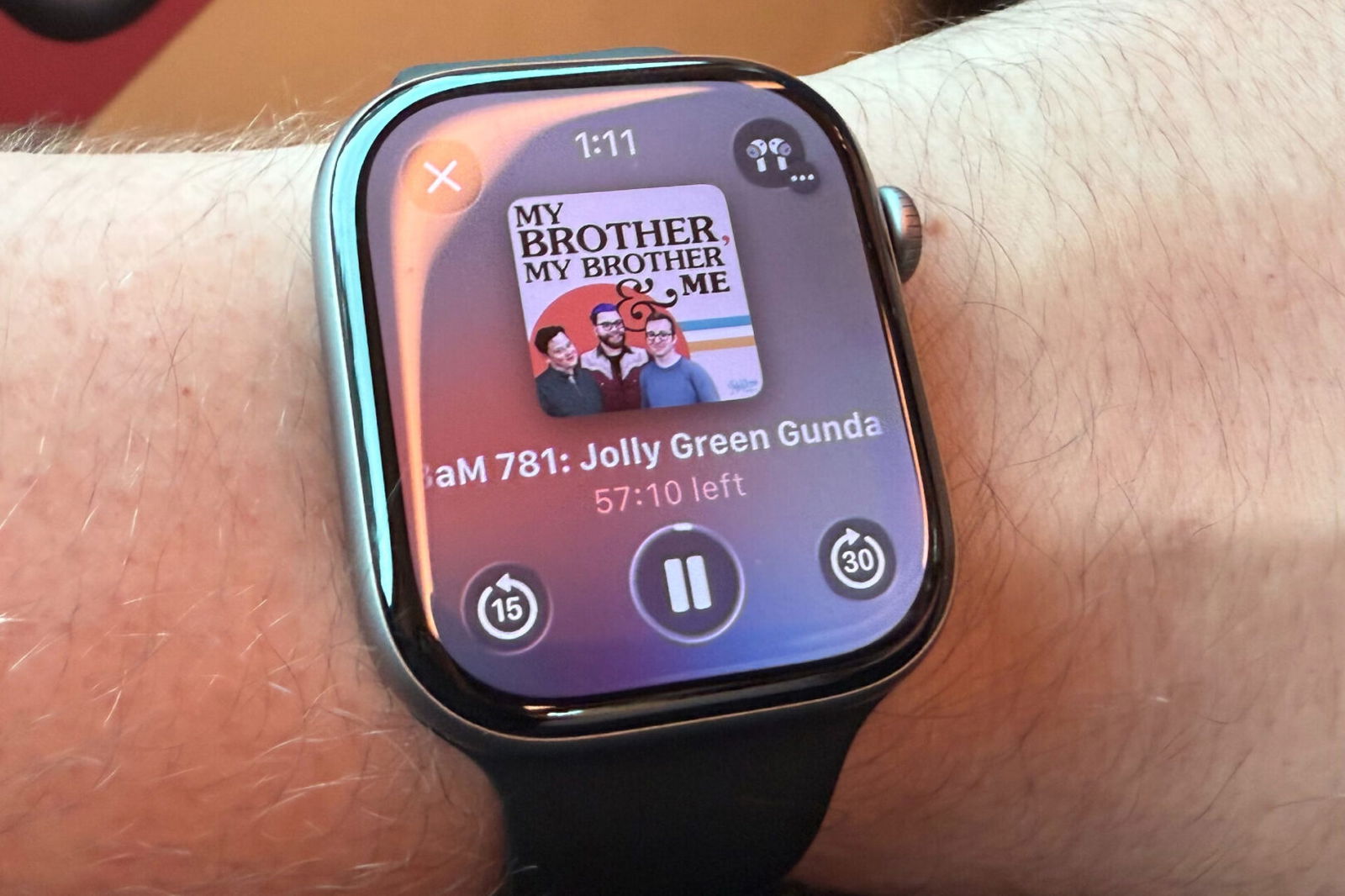
The other major change this year is the Apple Watch Series 11’s battery life—now bolstered by an additional 6 hours, for a total estimated rating of 24 hours with sleep tracking. That’s a big leap from the Series 10’s 18 hours without sleep tracking, and practical application put the truth to Apple’s big claims in this department.
Naturally, battery drain depends heavily on several different factors, such as screen brightness, how often the display is activated, what activities are being tracked, and so on; you’re going to get much more life out of it on a lazy weekend than in the bustle of an overbooked work week. But extending the base capacity by this much goes a long way. Considering the battery is rated for an additional quarter of a day, or almost as much of a day as an adult is recommended to spend sleeping, the Apple Watch Series 11 proved much easier to keep charged up at convenient times.
If caught needing to charge at a less ideal time, fast-charging has improved significantly as well (especially with a proper charging block). As little as five minutes can give the watch enough juice to track a night’s rest, particularly with one’s devices in the Sleep Focus, while a 10-20 minute top-up can push it through a modest work day. Similarly, in a pinch, Low Power Mode seems to have longer legs as well, thanks to this increased battery efficiency.
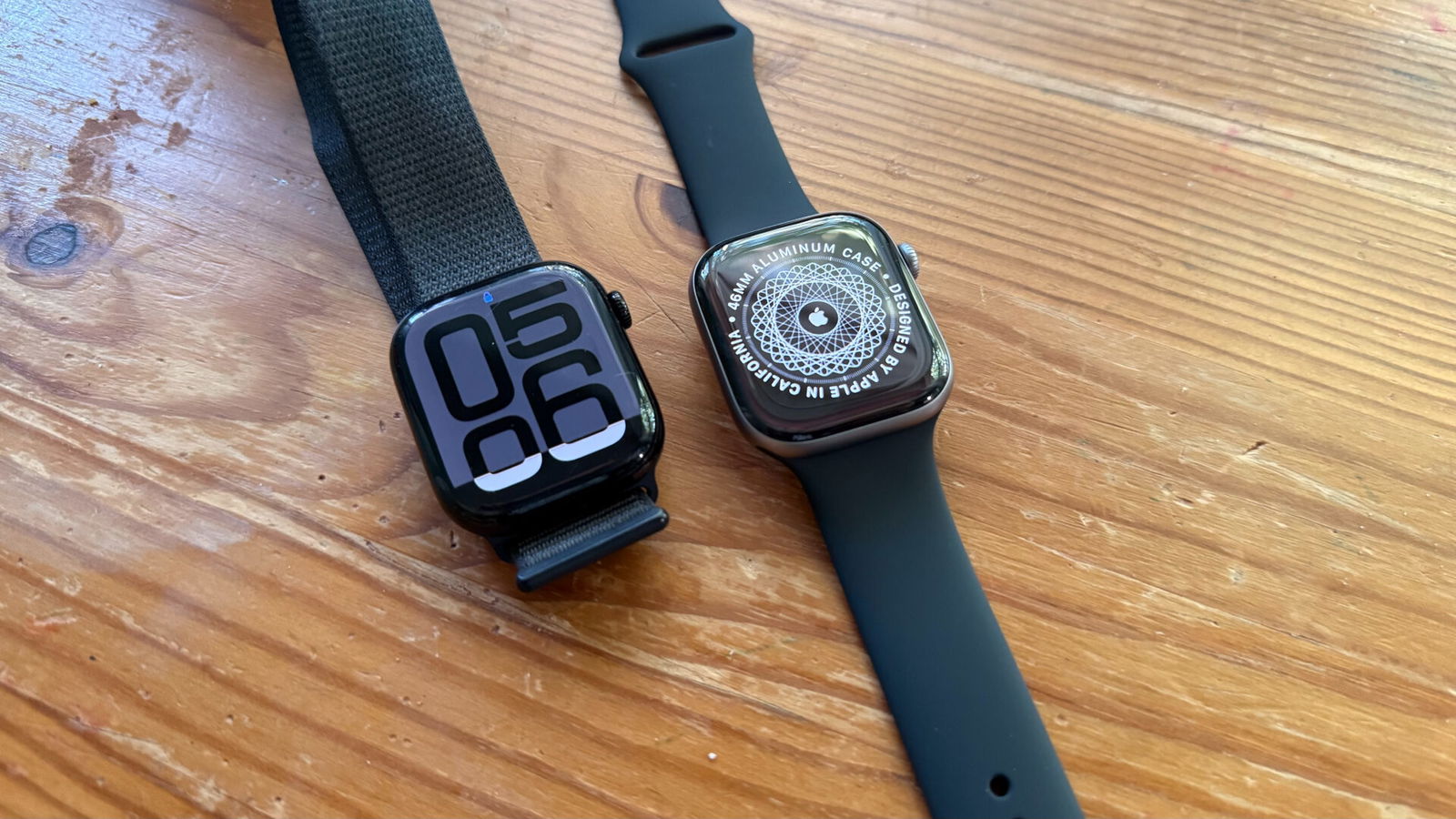
Beyond these elements, most of the cool new tricks up the Apple Watch Series 11’s sleeve are rooted in the new WatchOS 26, and available to most of its recent predecessors as well. Sleep Tracking now feeds into a general “Sleep Score” feature, which rates your nightly rest based on how long you slept, how consistent your “bedtime” is, and how often you’re interrupted. Like the Sleep Apnea detection, this assessment is meant to help users understand factors they may not be able to see otherwise… and proves a little more useful than Pokémon Sleep’s equivalent.
Speaking of the Sleep Apnea detection, Hypertension Detection follows in its footsteps in WatchOS 26. This feature, which rolled out in Canada on October 8, was built upon another extensive health study conducted by Apple in order to passively detect signs of the silent condition. By analyzing how blood vessels respond to heartbeats and identifying patterns over 30 days of use, Apple’s Health app can now notify users if they present signs of potential hypertension and advise them to consult their doctor at their next appointment.
“The Apple Watch Series 11’s display is noticeably slicker, and the promises of doubled scratch resistance hold true for daily use.”
It’s a great idea and an asset for the Apple Watch Series 11 (and its compatible brethren), but given the scale of time required to even get a warning, it’s also a long-game benefit, and it’s hard to gauge how worthwhile it will ultimately prove to be. Nonetheless, if a fitness tracker is already looking at such information, it doesn’t hurt to take it a step further and potentially identify a condition that affects 1 in 4 Canadians, and often goes undetected for too long. It’s less obtrusive than getting a blood pressure cuff, at least.
Much more practical on a daily basis is the new flick gesture. This simple update is as natural as turning your wrist over to check the time, pairing nicely with (or dare I say, proving much more useful than) the index finger tap gesture. It’s so natural, I have to wonder how it took this long to come into being in the first place.
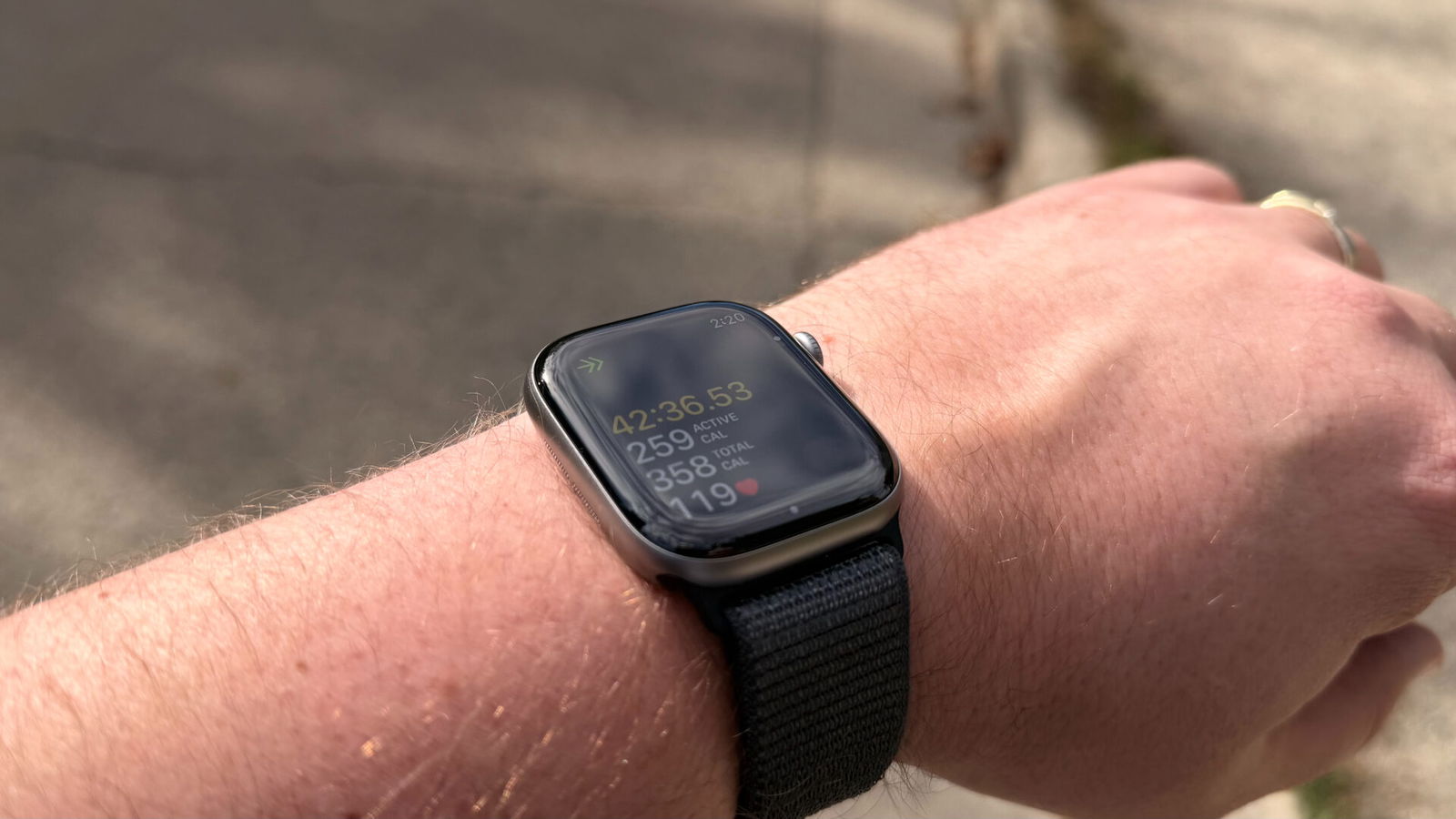
The Apple Watch Series 11’s updated display helps make it the best application of watchOS 26’s Liquid Glass I’ve seen thus far. Hardware and software benefit mutually, making the transparent bubbles and shimmery elements more vibrant than on iPhones or iPads. It even has a subtle effect in certain watch faces, like the new Flow face that uses the gyroscope for a reactive lava lamp effect, or in the tried-and-true Photo face, which can have “glass” numerals for the time.
The other prominent new face is Exactograph, a regulator-style design that can be exploded outward to separate different sections. As someone who’s always preferred digital time on a watch, I’ve been frustrated with the general lack of good digital faces for the Apple Watch, but this is one analog clock face I actually enjoy.
If you’re considering the Apple Watch Series 11 as a fitness tracker, given the similarity to the Series 10 in most technical aspects, this is still by far the best possible option iPhone users could pick for tracking their physical journey. That being said, after testing the rubber Sport Band option for this review, I would still recommend the textile Sport Loop, as it sizes to fit properly, and remains exceptionally clean and water-resistant while swimming.
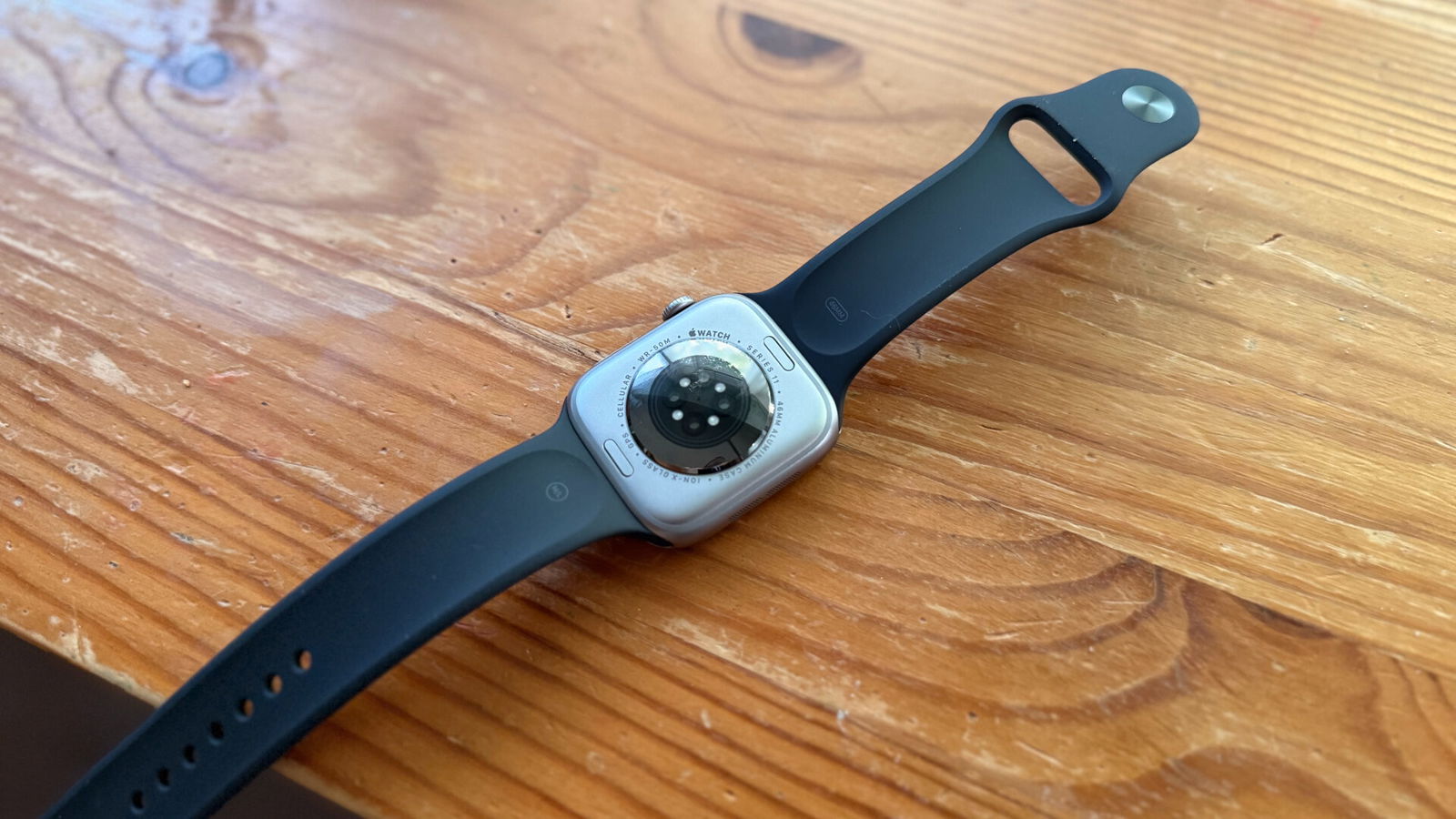
Though ultimately I’m scoring it a half-point lower on CGM’s review scale because its innovations in application are dependent on the operating system more than the actual device, the Apple Watch Series 11 is a small improvement over the Series 10 that goes incredibly far. Normally, I wouldn’t advise updating most smart devices annually, but if the battery is the only thing holding you back from embracing the Apple Watch line, or if your old screen is getting scratched into oblivion, it may well be worth the upgrade.
- HYPERTENSION NOTIFICATIONS — Apple Watch Series 11 can spot signs of chronic high blood pressure and notify you of possible hypertension.*
- KNOW YOUR SLEEP SCORE — Sleep score provides an easy way to help track and understand the quality of your sleep, so you can make it more restorative.
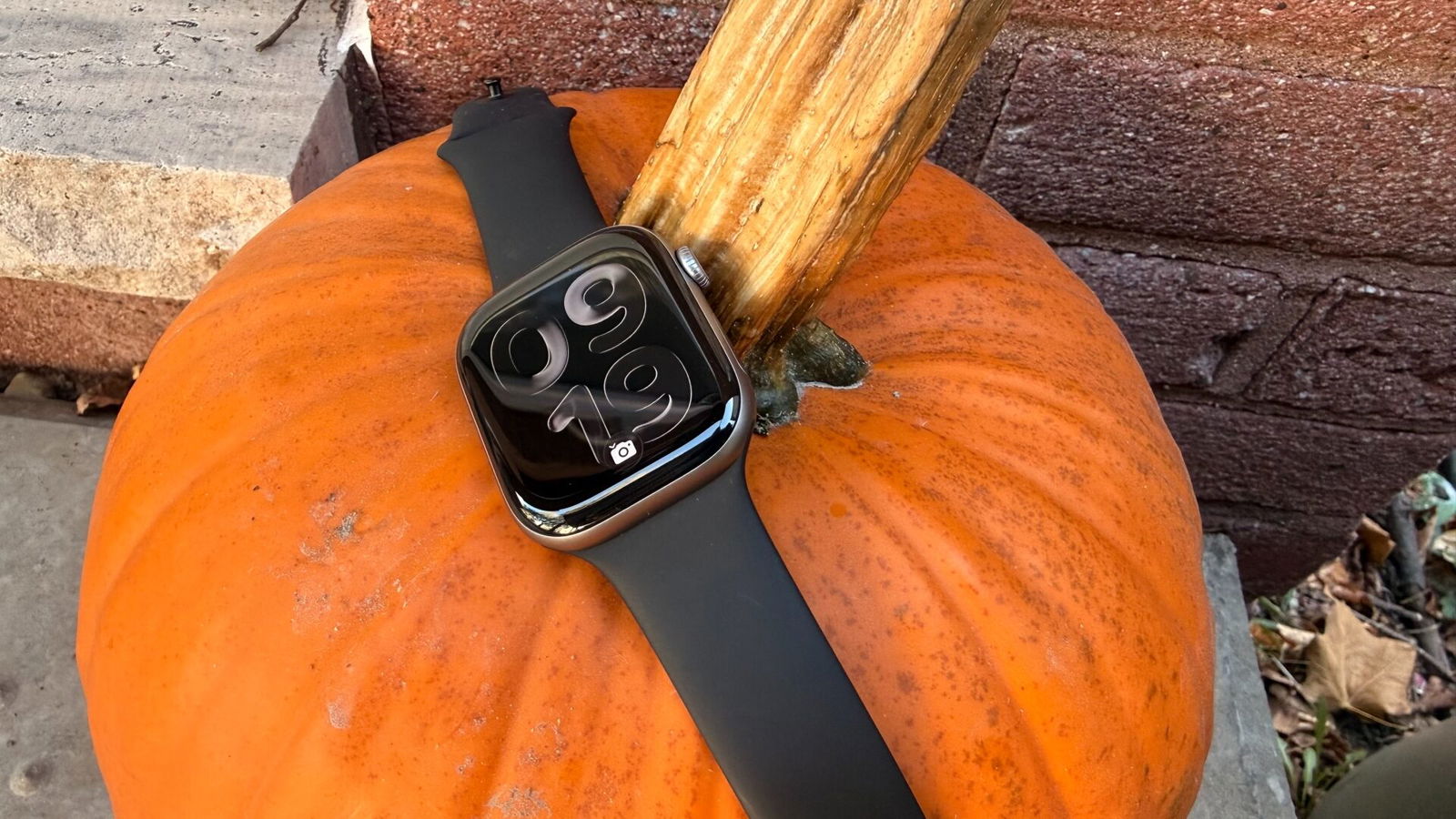
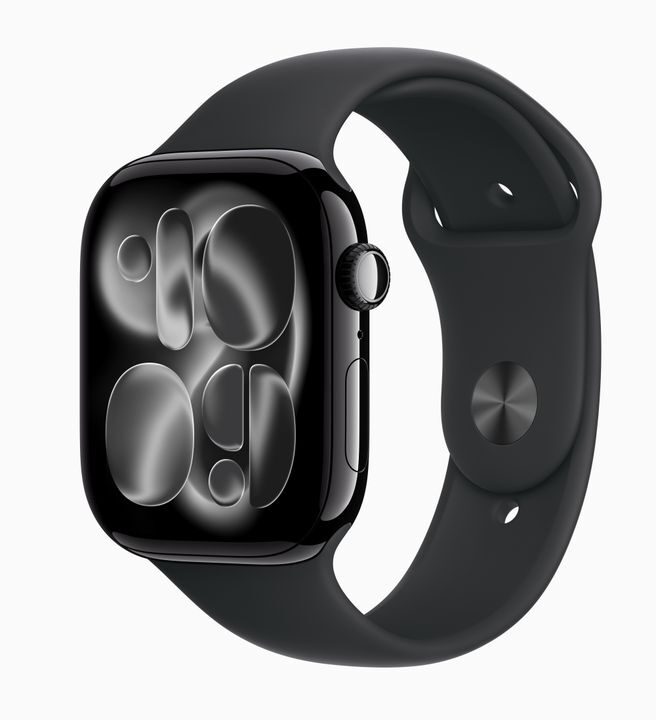

![Apple Watch Series 11 Review Apple Watch Series 11 [Gps 42Mm] Smartwatch With Jet Black Aluminum Case With Black Sport Band - S/M. Sleep Score, Fitness Tracker, Health Monitoring, Always-On Display, Water Resistant](https://m.media-amazon.com/images/I/31ybzrJZckL._SL160_.jpg)

